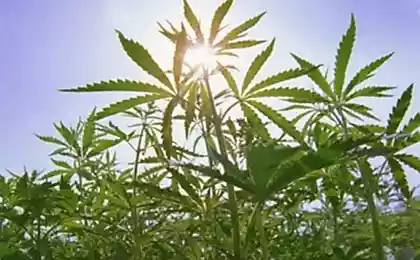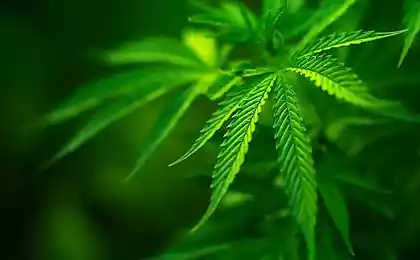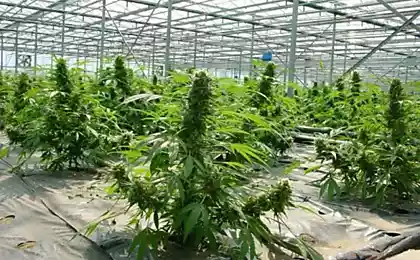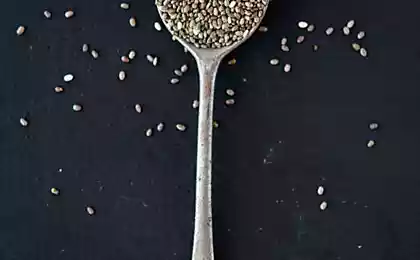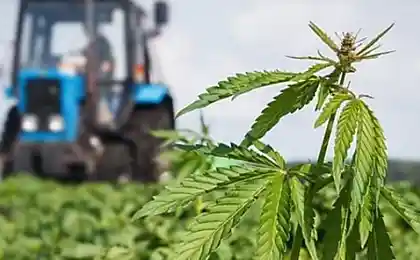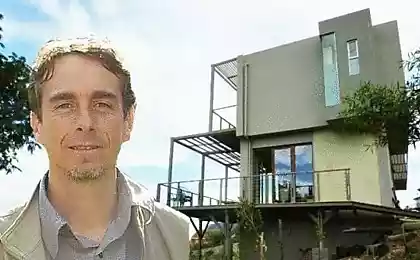432
"Pot of gold" or the blossoming industry of growing hemp
Developing America's industry for the cultivation of hemp goes beyond the illegal greenhouses in the basement and holds a strong place in the expansive stores that meet growing consumer demand. As a result, the industry leaders are experimenting with new devices, lighting and growing methods that can be often seen in commercial agriculture. Of the company for the cultivation of hemp even accept summary from University professors and former employees of NASA.
"Every day someone, so to speak, reinvents the wheel," says Scott rich, a specialist in the cultivation of cannabis and owner of Rare Dankness in Colorado. Such businessmen as rich, are preparing to open a store in the centre of the American city of Denver at the time of the official events, entitled the "420" celebration in honor of cannabis, which this year will obviously be the largest in the history of the city.
How did the legal weed
The use of marijuana in medicine provided by the laws of the state of Colorado since 2000, when the method of voting was amended to the state Constitution allowing the possession and use of cannabis by doctor. In 2012, residents of the state again reduced the ban on marijuana, voting in favor of amendment 64, which allows personal use of marijuana to people over 21 years old. Smoking or other methods of consumption of marijuana in public places is prohibited by law.
Marijuana remains illegal under Federal law, resulting in "Ganja-entrepreneurs in Colorado are faced with difficulties during the banking operations and investment. However, money and interest continue to arrive.
Only in Denver storage area 41 800 square meters of cannabis, says Kayvan Khalatbari, co-founder of the Denver consulting center on the use of marijuana in medicine. All these greenhouse spaces require lighting. The center recently hired a former NASA specialist Neil Iorio, engaged in lighting technology for long term space missions and his task is to develop new applications for manufacturers of hemp.
The center experimented with led lighting, said Khalatbari. Normal LEDs do not have enough ultraviolet rays required for plant development, but the new device perfectly simulate the sun. They use less electricity and produce less heat than normal bulbs, which means you save on cooling costs.
"We use 40 percent less electricity to achieve the same results," emphasizes Khalatbari.
Lighting is the primary aspect that you need to change to the new methods of cultivation in legally, said the center co-founder Nick Hayes. This work requires a lot of experimentation.
"If you stroll up to six stores in the city center, you will see six different plants for growing grass," says Hayes.
Legal innovation
Heiss believes that the innovations associated with marijuana, will be implemented for other cash crops, given the interest in farming in urban areas. However, farmers Colorado want to leave the vaults. Following the trend, say experts in the industry, will become the greenhouse.
"Many producers of hemp in the next few years are going to go into the greenhouse," says Hayes.
And this transition will again force manufacturers to invent innovation. Greenhouses will also require auxiliary lighting, and the LEDs with their direct rays never right for such use. However, according to Khalatbari, they can be adapted to provide more ambient light required for the conditions of greenhouses.
In the meantime, other researchers immersed in the study of the genome of cannabis. In 2011, canadian experts have deciphered the DNA sequence of a common strain of Cannabis sativa. Today, the project on genetic study of cannabis under the leadership of environmentalist Nolan Kane of the University of Colorado, aims to collect DNA samples from various species of this plant.
The future of growing cannabis
This genetic innovation is concerned about the number of users and growers of cannabis. Since the case became big business, they are afraid that agribusiness creates genetically modified plants and patent them, pushed out of the game small competitors. Patented seeds are a subject of debate in agriculture as they are sold in such circumstances that farmers will not save and re-plant the seeds of the resulting plants. Companies like seed producer Monsanto, periodically to sue farmers who violate these agreements. Manufacturers of cannabis also worried about the fact that they can get justice if their plants will be randomly cross-opylene with patented plants.
Activists against genetically modified products also raise the question of what the resulting organisms can harm a person.
"I face it," says rich. – People come to me and say: "do you guys go to GMOs?"
(It should be noted that a number of academic institutions have not found evidence that consumption of genetically modified products may cause harm, but it has not had a positive impact on disputes.)
According to rich, we will see genetically modified hemp, even though no one knows when and under what conditions this will happen. However, companies like Monsanto are not interested in this business, while marijuana remains outside of the Federal laws of the United States.
The more pressing issue is the sale and settlement of trafficking marijuana concentrates, which contain active ingredients of plants, obtained using solvents such as butane. The most potent herbs demonstrate to 29 percent of the content of tetrahydrocannabinol – influencing the minds of the compounds in marijuana. In concentrates, the content of this substance can reach 85-95%.
"It is enough just one puff of this cigarette," says Khalatbari.
There are many examples of homegrown chemists blew up his apartment trying to create a concentrate of cannabis. In Colorado has not yet reached a legislative solution to the manufacture of concentrates at home, but the company can create a licensed laboratory for obtaining concentrated oils in order to retailers.
Such extracts may represent a new horizon, considering that Smoking marijuana is still outside the laws. So, the developers will be able to offer e-cigarettes with marijuana, oral strips, solutions and creams for local application.
Source: facepla.net
